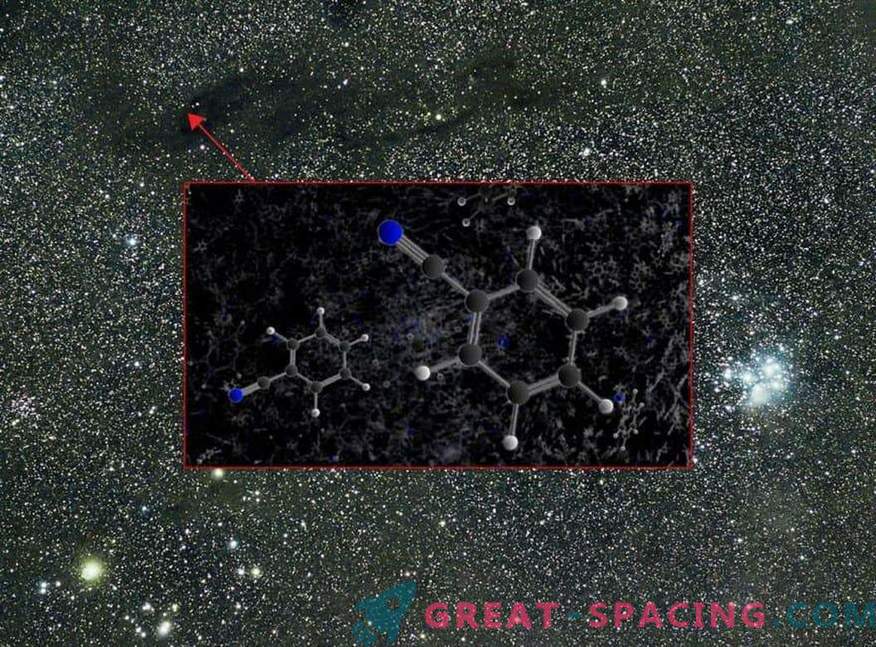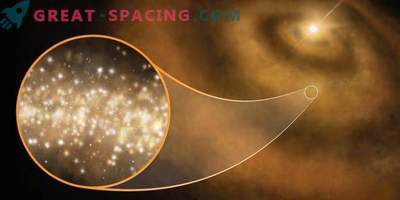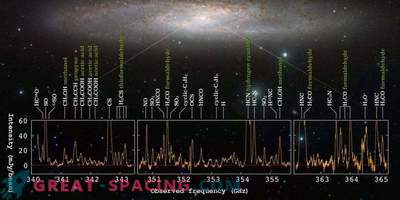
Astronomers have always encountered mystery. Wherever you look from the Milky Way, you always notice the unusual glow of IR light. This is a faint cosmic light, representing a series of marks in the IR spectrum. But the source remained a mystery.
As a result, internal infrared emission from a class of organic molecules - polycyclic aromatic hydrocarbons (PAHs), which account for almost 10% of the total carbon emitted by the body, made the probable culprit.
Despite the capture of the culprit, none of the hundreds of PAH molecules were finally found in interstellar space. However, new information from the Green Bank Radio Telescope for the first time showed convincing traces of a close relative and chemical precursor of PAHs, namely the benzonitrile molecule (C6H5CN).
A team of scientists discovered the control signature of this molecule in the nearby stellar-birth nebula, the Molecular Cloud of Taurus, 430 light-years away from us.

New radios have provided more information than IR reviews can offer. It has not yet been possible to notice PAHs directly, but scientists already understand their chemistry well. Benzonitrile is one of the simplest aromatic molecules, but is also the largest among observable radio astronomy. On Earth, aromatic rings are common in molecules, but they have been spotted in space for the first time. As molecules enter the near vacuum of interstellar space, they emit a distinctive signature — a series of control bursts appearing in the radio frequency spectrum. The larger and more complex the molecule, the more difficult its signature, which complicates the search. PAHs and other aromatic molecules are even more difficult to find, since they are formed with highly symmetrical structures.
Scientists were able to identify 9 different peaks in the radio frequency spectrum, corresponding to the molecule. Also, radio signature made it possible to observe additional effects of the nuclei of nitrogen atoms. These are only the first steps in the study of this issue, so tools like the Green Bank Radio Telescope with their sensitivity will help to investigate in detail the cosmic molecules.











































